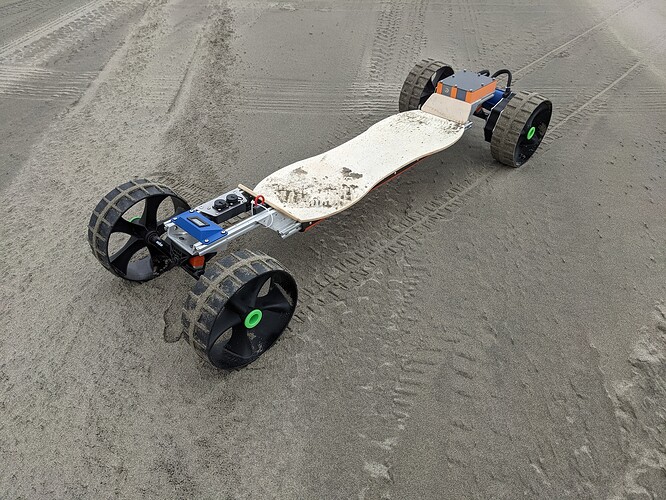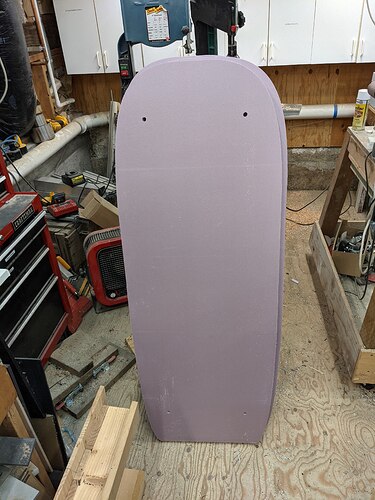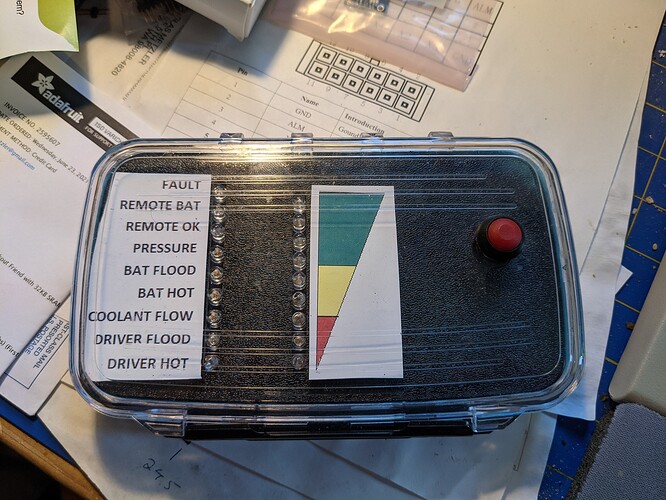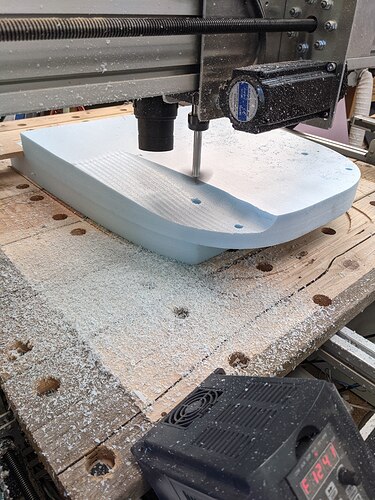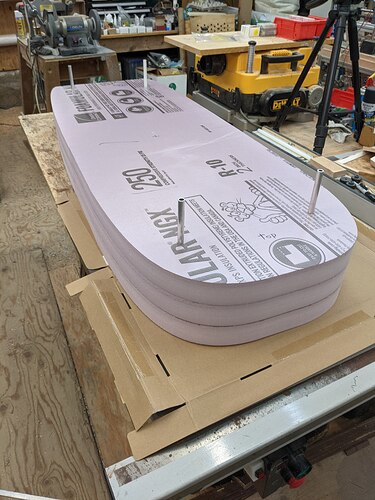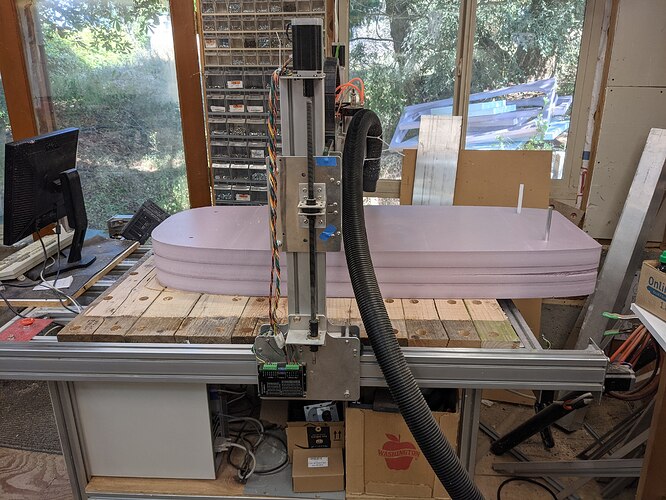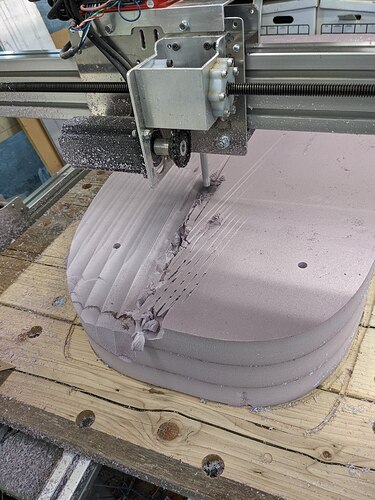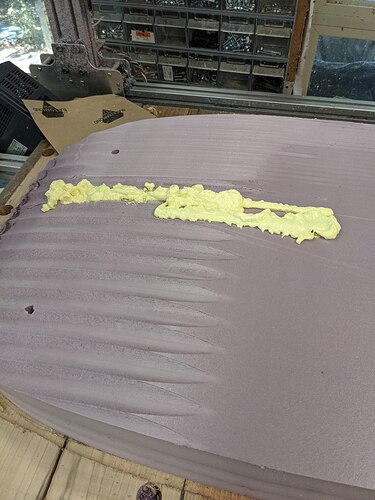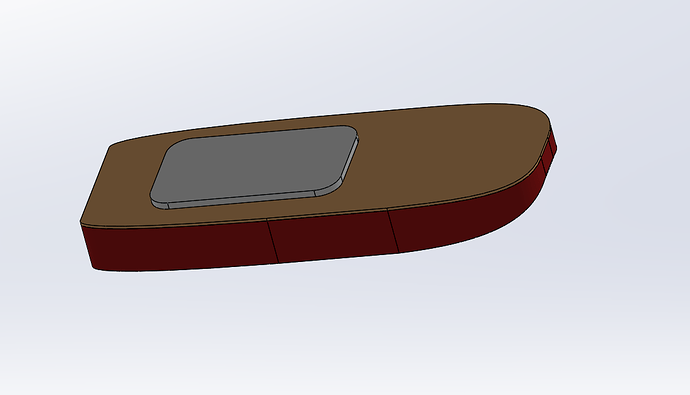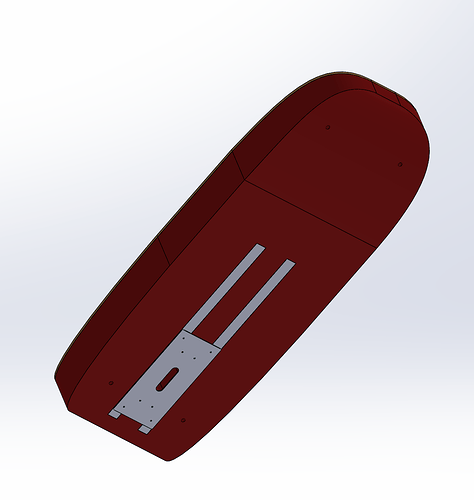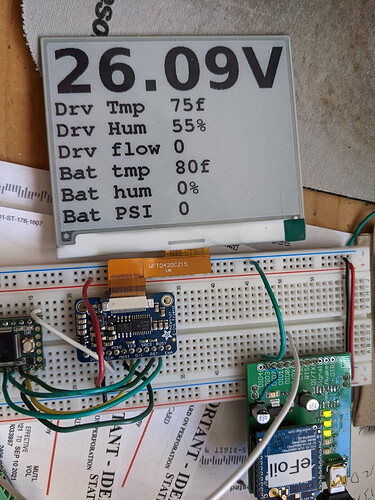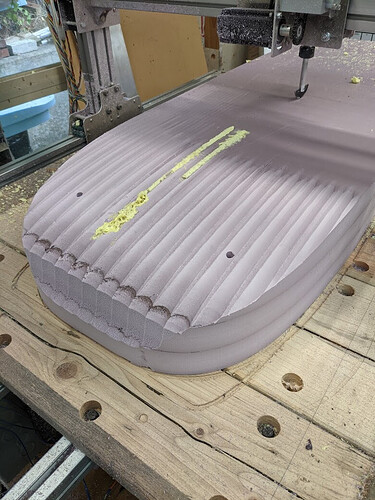Wow, it’s like an entire year later. Hmmm.
A couple of other projects took precedence (I rebuilt the sand runner!)
… And epoxying in the cold of winter without some kind of oven didn’t seem like a good idea.
Additionally I completely gave up on the idea of modifying an existing board, because it was too limiting in terms of what I could do with the cutouts.
And in the end I decided that I just wasn’t that good at laying up fiberglass.
The solution? obviously build a board from scratch. If I’m not good at fiberglassing then clearly I should do 3 times as much fiberglassing.
So there are 3 areas that I want to improve. The first is to double-down on a waterproofing strategy, the second is to make a custom board where I have control of the shape and size of the cutouts and I can put a standard boat hatch on it, and 3 the feedback on electrical system information just wasn’t good enough.
I know what you’re saying, “Boring! show us some pictures!!!”
Ok,
The board is actually longer than my CNC machine, so I had to figure out a way to set it up so I could perform operations on the nose, then the tail in separate machining ops. The CNC machine is just barely big enough to allow me to drill a set of registration holes at each end.
Then I installed 2 pins on the machine so I could maintain registration through the whole project (so long as I never move XYZ home for another project).
The outline is pretty good, but I might just narrow up the nose a little bit. It seems a bit blunt. As you can see in the second board I had some melting of the foam during the cutting process, so I have to go back and replace those sections and re-cut the outline.
I also think I’m going to top the board in Baltic Birch for 3 reasons - 1) I’ve got a bunch in stock from the Sand Runner project, 2) it’ll give it that classic wood surfboard look, and 3) it gives me a solid base to attach the boat hatch to.
As for the electronics feedback my biggest problem was lack of information. I originally used a series of high-brightness LEDs to indicate the state of the system:
but then when I fired the whole thing up to see where it stood the remote didn’t register (the remote OK light didn’t come on) and that wasn’t helpful at all.
Status and error messages on a screen are way more hlepful… But there’s only 1 screen that really works in direct sunlight - e-ink. So I got one of those Waveshare 4.2" displays. Now the learning curve for these things is pretty steep and you all know that coding is the part of the project I like the least, so don’t expect much here aside from really basic stuff.
Anyway, the other problem is the hatch. The biggest (reasonable) hatch I could get was 24x14 and that’s too small to fit my giant battery pack in. So I’m going to have to split the battery pack into 2 separate packs to fit them in. I’m looking at 2 of these waterproof boxes for the battery packs but I haven’t actually measured everything carefully to see if I can get the batteries into them and get them through the hatch.
Anyway, at least I’m working on it again.
